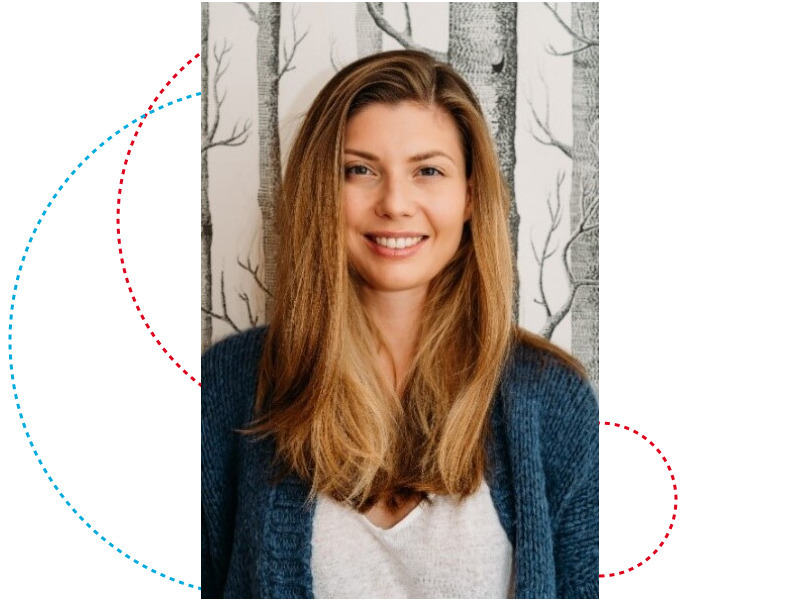Campus Limpertsberg
Plastids are a diverse group of organelles present in different plant organs. They fulfill variable functions tightly connected to their inner membrane networks. For instance, as a site of photochemical reactions, the chloroplast thylakoid network is one of the most important and complicated membrane systems in nature. Internal membranes of plastids can adopt multiple structural configurations depending on the plant ontogenesis stage and aberrations in lipid-protein-pigment composition. We study the structure-composition interplay in cubic and lamellar arrangements self-organization during plastid biogenesis on light to understand how changes in the membrane composition influence formation and maintenance of such unique membrane assamblies.
I will present the structural basis of membrane interconversions – from cubic prolamellar bodies of etioplasts to lamellar thylakoids of fully developed chloroplasts. 2D and 3D ultrastructural analyses performed using novel analytical methods (e.g., SPIRE software) will be supplemented with biochemical and functional results. Moreover, I will show the influence of different membrane components on the formation of a cubic prolamellar body in young seedlings as well as helical grana shape in fully developed plants and the importance of such spatial arrangement for photosynthetic efficiency. Illumination-induced thylakoid membrane dynamics in short time scales will be presented as another example of the structural plasticity of the thylakoid network.
Kepler famously declared that “Where there is matter, there’s geometry”. This quote hinted at the principal relevance of understanding geometry to do physics. Certainly, this statement holds true concerning biology. Protein folding is a core example, but so are the membrane arrangements and their importance and function in biology, which are only starting to be fully appreciated.
About the speaker:
Dr. Łucja Kowalewska
Department of Plant Anatomy and Cytology, Faculty of Biology,
University of Warsaw, Poland
Dr. Łucja Kowalewska received her Ph.D. degree in Biology from the University of Warsaw in 2015 and is currently employed at the Faculty of Biology (University of Warsaw) in the Department of Plant Anatomy and Cytology as an Assistant Professor. In 2019 she was a visiting scientist at Copenhagen University developing interdisciplinary collaboration to study the basis of cubic membrane formation in plant plastids and teaching at Ph.D. school on Self-assembly of Biomolecules and Soft Materials.
Her research is centered around structural plasticity of the plastid inner membrane network and particularly cubic-lamellar transition during chloroplast biogenesis, the formation of paracrystalline membrane network of prolamellar bodies in etioplasts, and spatial arrangement of the thylakoid network of fully developed plants. She has combined expertise in 2D and 3D ultrastructural studies of plastids using transmission electron microscopy and electron tomography and in in vivo spatial studies of chloroplasts using confocal microscopy. She also supplements her structural studies with biochemical and biophysical analyses to reveal the connection between the structure and function of the thylakoid network.
